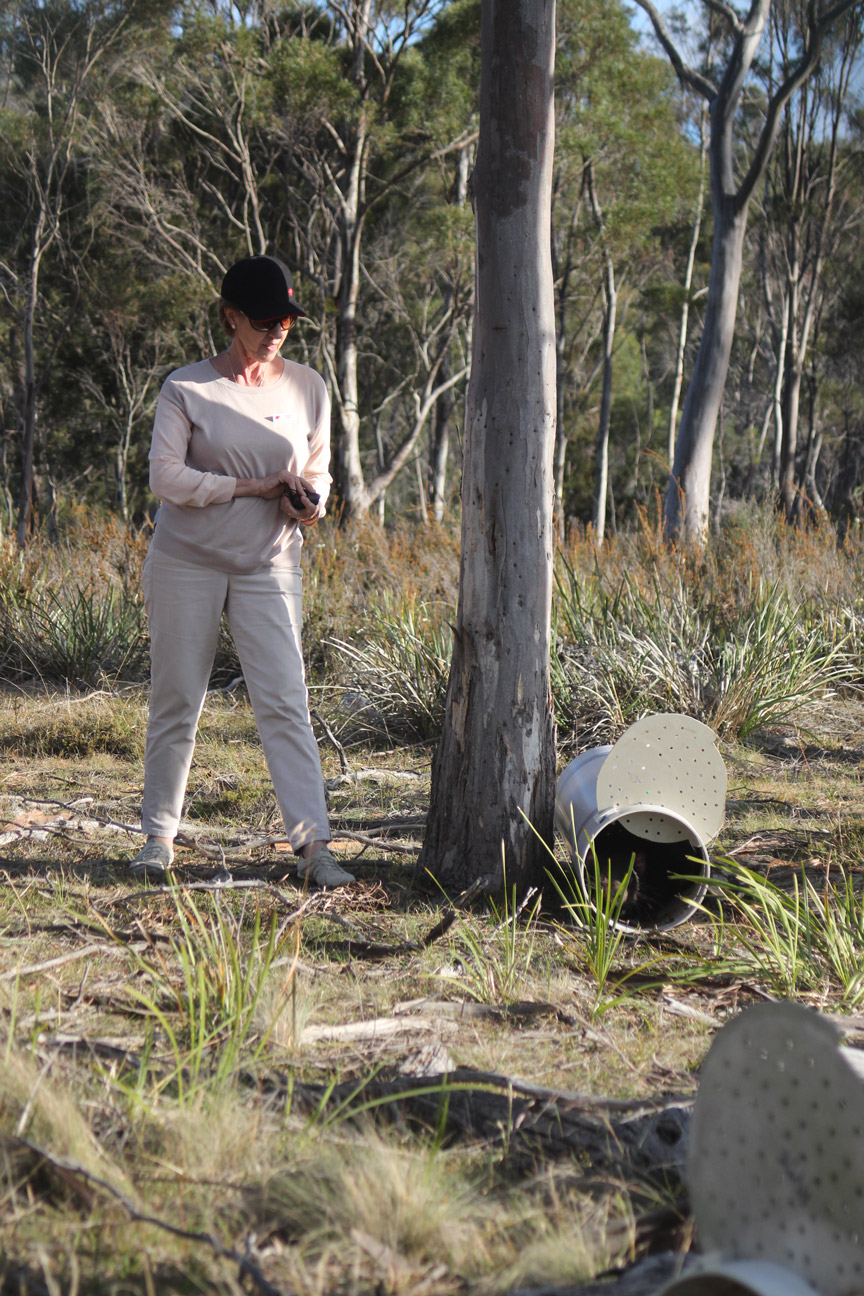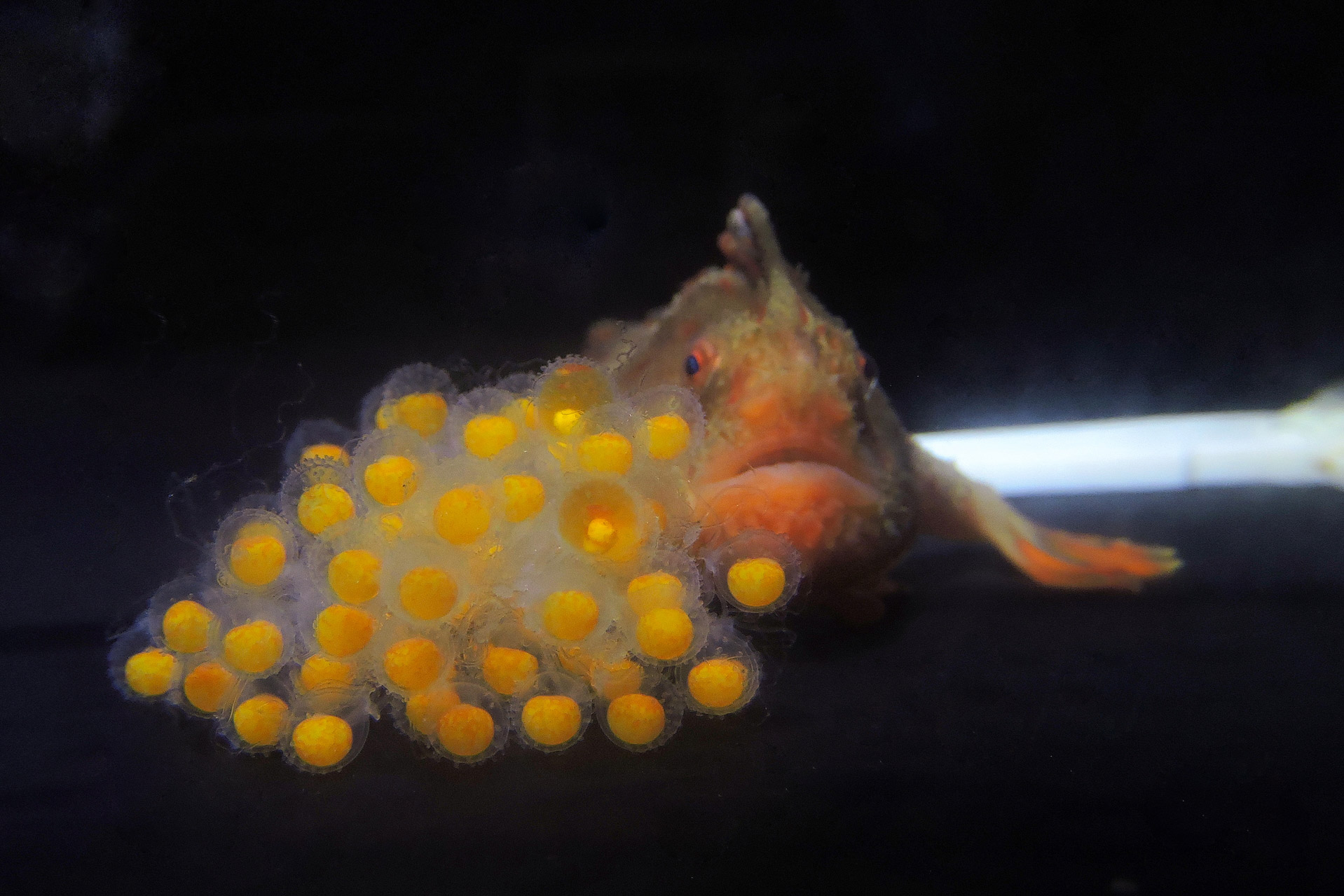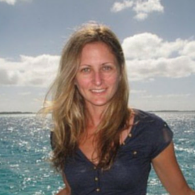Tasmanian devils and emerging researchers benefit from long-term donor passion
For pharmacist Roger Tall, encountering Tasmanian devils was a regular part of growing up in Orford on the East Coast of Tasmania.
“We frequently sighted devils up and down the East Coast,” he said, describing camping trips and excursions during his high school years and, later, during his university studies in science and pharmacy.
He says he was always very conscious of the disappearance of the Tasmanian tiger (thylacine).
“Sadly, we had already lost one iconic species and we didn’t want to lose another simply due to a lack of research funding,” he said.
Roger’s background in the sciences and pharmacy meant he understood the importance of studying genetics and the role of vaccination in the fight against the facial tumour disease that was decimating the devil population.
As a result, he and his wife, Maxeme, have committed over half a million dollars to the Save the Tasmanian Devil Appeal, unprecedented philanthropic support for Tasmanian devils that will underpin research by PhD students and bring together key academics to find solutions to the challenges facing the species. Roger and Maxeme also support undergraduate scholarships, including the Tall Foundation Dr Eric Guiler Tasmanian Devil Honours Scholarship.
“Education is the key to everything. It’s as simple as that. It is especially relevant in Tasmania which has not had a good record of students finishing Year 12 or going onto tertiary education compared to the other states,” Roger said.
“Maxeme and I are keen to assist in turning that around and are particularly in favour of awarding honours scholarships in the hope that students will progress to PhD studies and undertake valuable individual research projects.”
Roger and Maxeme like to think that the students they have supported have become part of their extended family.
“I have always maintained that the act of giving is as much for the giver as for the receiver,” Roger said. “People tend to underestimate the pleasure in giving and seeing the consequences of that giving.”
Associate Professor Andrew-Flies regular updates to the couple on the impact of their significant support, which is seeing a step-change in devil research.
"The Tall’s generous support has enabled an expanded research program and supported emerging scientists studying how devil facial tumour cells evade the immune system, how the devil immune system is regulated, and more recently how to improve our experimental vaccine,” Associate Professor Flies said.

Extending a helping hand
A tiny marine anglerfish, found only in waters off Tasmania and near extinction with just 100 remaining in the wild, is being given a better chance at survival thanks to a funding partnership announced in Hobart in 2023.
The Foundation for Australia’s Most Endangered Species (FAME) committed just over $1 million over four years to the University of Tasmania’s Institute for Marine and Antarctic Studies (IMAS) to help recover the red handfish from the brink of extinction.
The challenge is formidable, according to Dr Jemina Stuart-Smith who is co-head the Handfish Conservation Project. “The threat to its survival is imminent and with so few surviving fish, time is of the essence. We are extremely grateful to FAME for the funding commitment at this critical point in what is an ongoing and demanding conservation project,” Dr Stuart-Smith said.
FAME’s CEO, Mrs Tracy McNamara, says that the Foundation is delighted to partner in a project that stands a strong chance of preventing a species from becoming extinct.
In recent good news, twenty-one red handfish hatchlings arrived a month before Christmas thanks to a breeding program which this new support has made possible.
“Despite being a small clutch, this is actually equivalent to a quarter of the known wild red handfish population in Tasmania," said Dr Andrew Trotter, who co-leads the conservation breeding program at IMAS.
"It’s very encouraging to have successfully bred the species in captivity in two consecutive breeding seasons.”

Read more stories from Impact 2023.
Learn more about Giving at the University of Tasmania
Banner image: Red handfish eggs at day 42 | Image credit: Andrea Williamson




